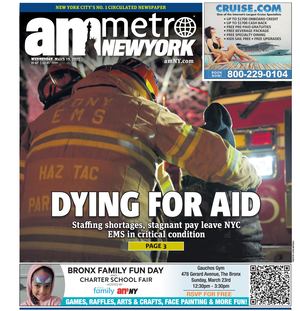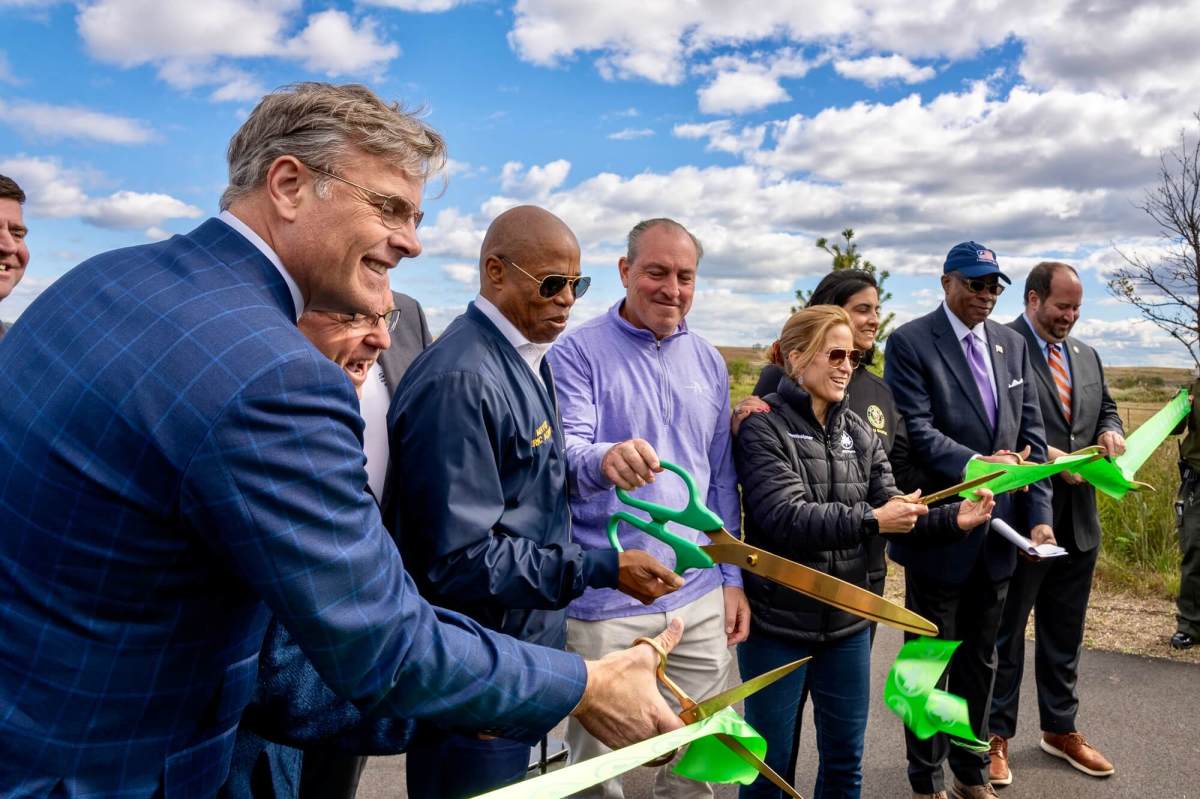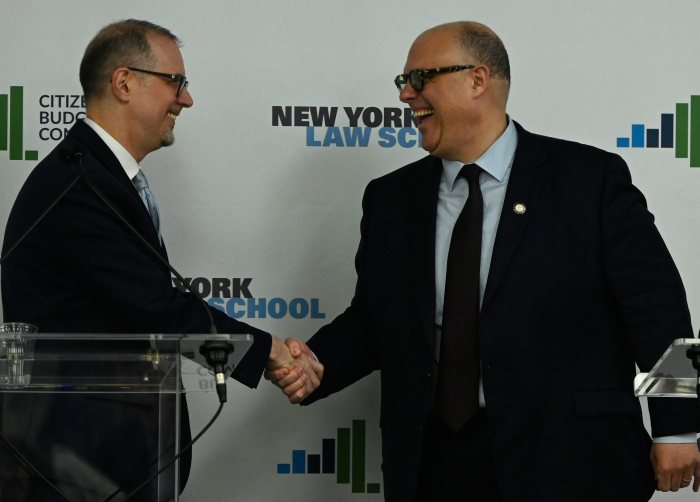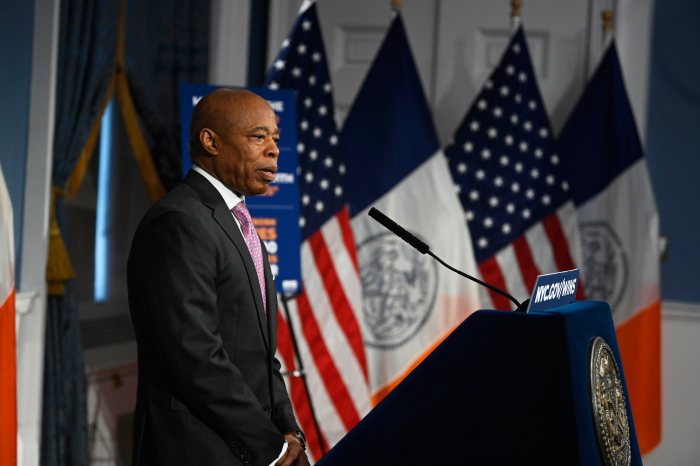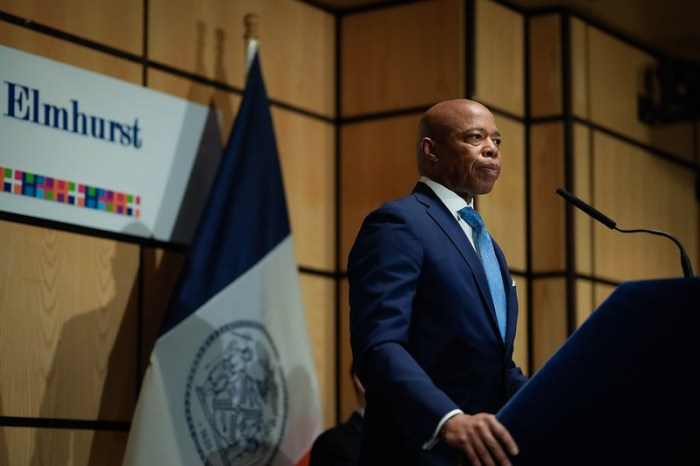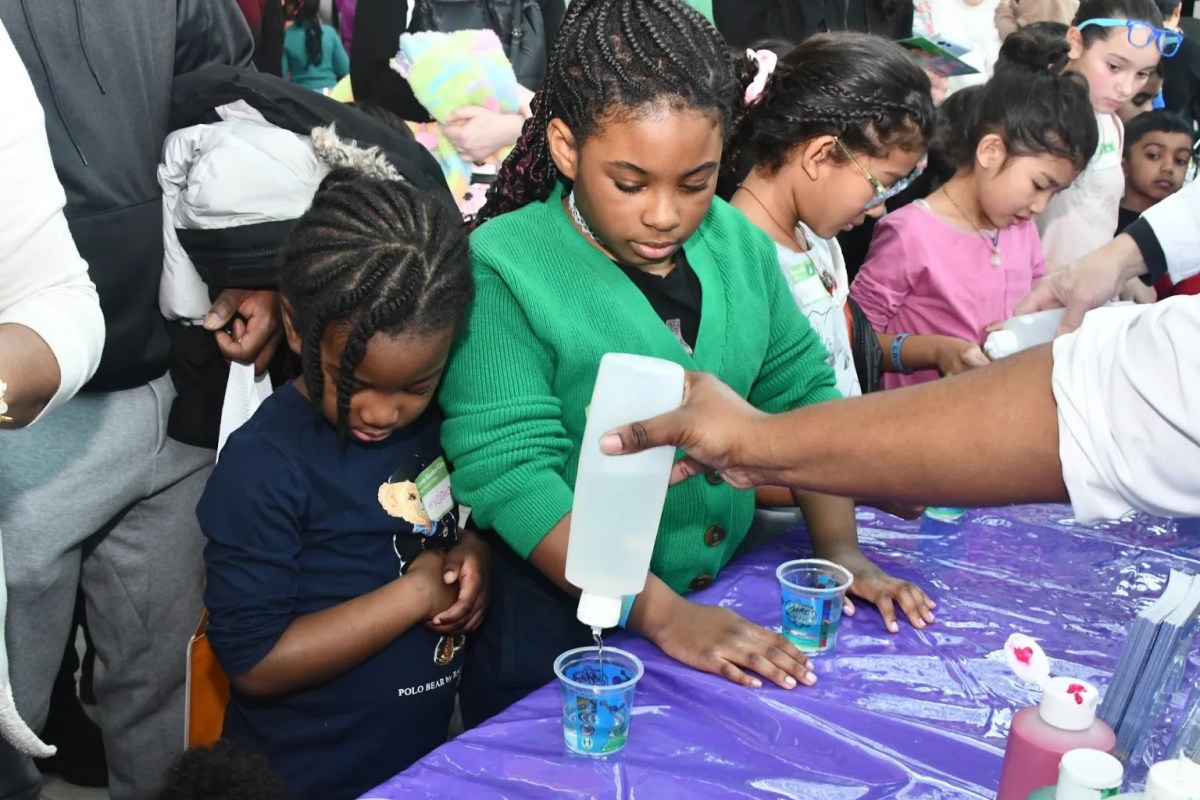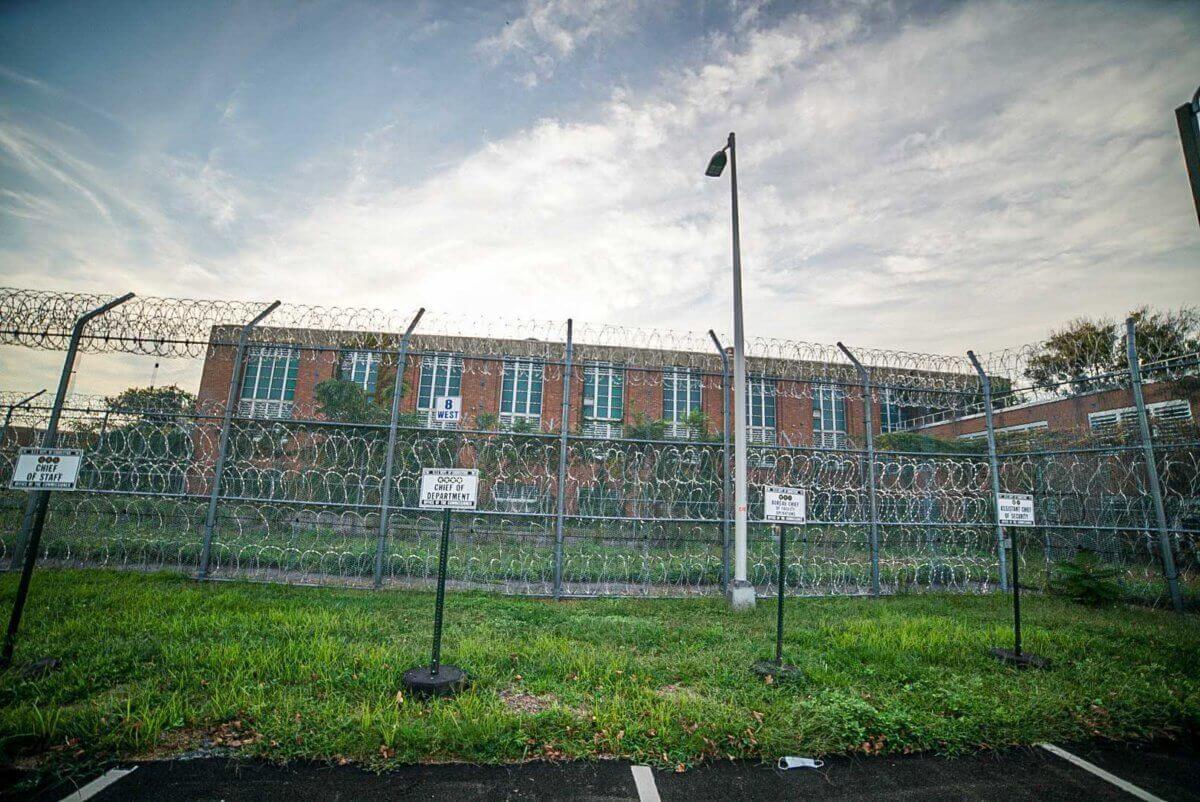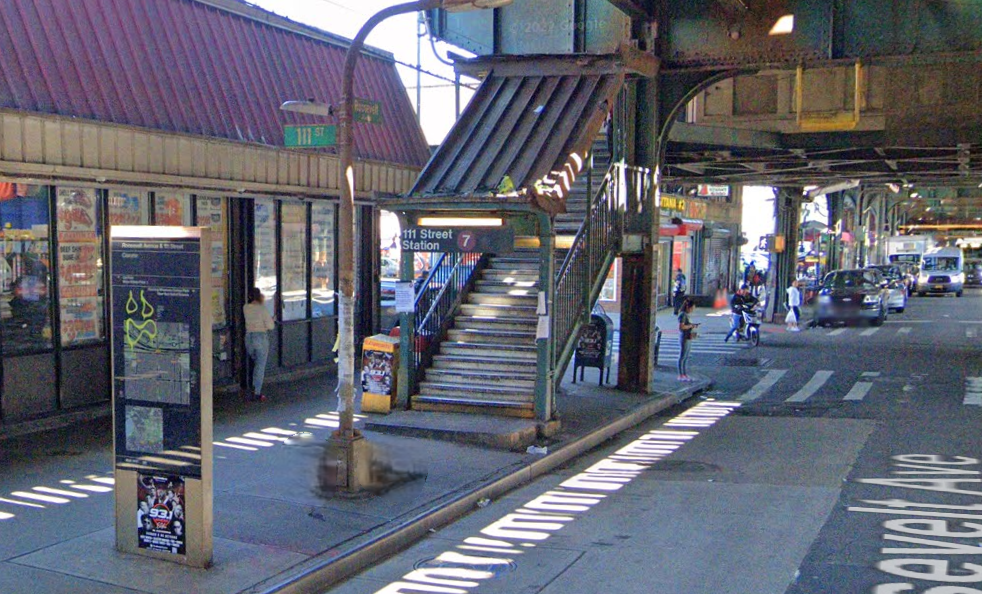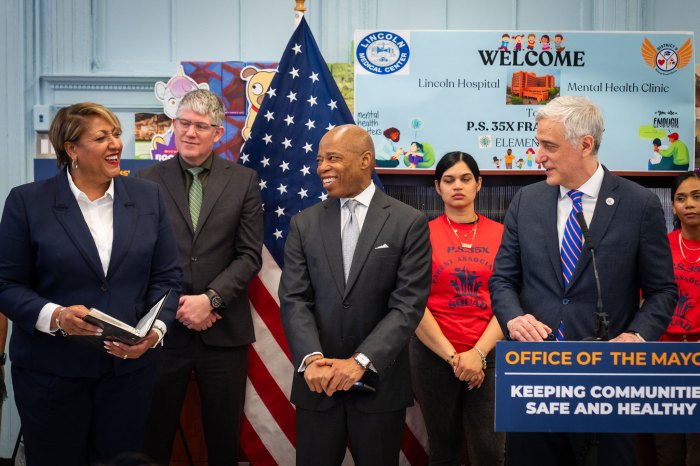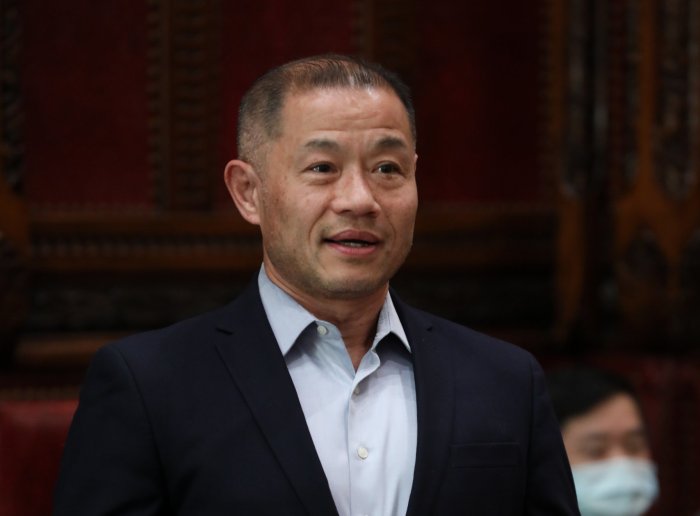Advocates are raising alarm bells over Mayor Eric Adams making a $50.5 million annual reduction to the city Parks Department’s budget that includes lowering the agency’s headcount by hundreds of positions and nixing some of its programs.
The latest 5% cuts to the Parks Department, under Adams’ “Program to Eliminate the Gap” (PEG), were part of his Fiscal Year 2025 preliminary budget released on Tuesday.
Those reductions will spell the end for various youth, forestry and even swimming safety programs.
In addition to the Parks Department, the $109 billion spending plan included 5% reductions to most city agencies, which were measures aimed at closing a projected $7 billion deficit. But Adams’ budget also pulled back on some cuts he made in November, while sparing a handful of agencies — including the NYPD, FDNY and Department of Sanitation — from further January reductions.
He attributed his selective funding restorations to his spending cuts, far higher-than-expected tax revenue — to the tune of nearly $3 billion over his budget team’s earlier estimate — and a concerted effort to slash spending on providing for migrants by nearly $2 billion.
However most agencies did not have their November cuts reversed and had to make another round of reductions this month.
Adams did reverse a November cut to a city Human Resources Administration program — known as the Parks Opportunity Program (POP) — that provides the Parks Department with temporary workers, after the powerful union District Council 37 (DC37) sued him for cutting it.
Assessing the impact
But Adam Ganser, executive director of New Yorkers for Parks, says that restoration has people under the false impression that Adams spared the Parks Department from both rounds of PEGs, which it did not.
“The biggest misconception right now is that the Parks Department budget has been restored, it has not,” Ganser said. “We’re still going to be suffering from the same 5% pay cuts that were announced in November. So there’s really no relief there.”
Specifically, the department will nix a Community Gardens Program for youth at risk of gun violence and NYC SPARX — a Bronx-based technology and arts program for young girls.
Furthermore, the agency will eliminate programs aimed at teaching people how to swim and preventing drowning, sprucing up nature trails across the city and taking care of the city’s tree canopy.
Ganser said the initiatives focussed on forestry and the swim lesson program are particularly big losses.
“There’s one that was focused on paths, and another that is focussed on general maintenance to the trees, you know, those are critical parts of maintenance of the parks department,” he said.
The department will also lose 659 positions between a citywide hiring freeze and attrition, which Gasner said will be “devastating” for the agency.
Cost re-estimates and higher than expected revenues from concessions and past years made up for the rest of the department’s budget reduction, according to the Citizens Budget Commission, an independent fiscal watchdog.
Seeking ‘a better approach’
City Hall spokesperson Charles Lutvak responded by pointing to the restoration to the Parks Opportunity Program, while not addressing the Parks Department cuts that were not reversed.
“That includes the Parks Opportunity Program, which gives thousands of low-income New Yorkers six months paid opportunities and training programs each year and helps us maintain our parks,” Lutvak said, in a statement.
Adams’ colleagues in the City Council have long argued his successive moves to slash agency budgets were unnecessary because the city had enough revenue at the time to avoid such drastic cuts. Council Speaker Adrienne Adams and Finance Chair Justin Brannan, in a joint Tuesday statement, called for a “better approach to budgeting” based on a “more accurate and shared set of facts.”
“It is counterproductive for New Yorkers to needlessly fear dire threats to essential services they rely upon when so many are struggling through an inequitable recovery,” they said. “Agencies should not be preoccupied and demoralized by unnecessary budget exercises when they have no shortage of work to complete on behalf of New Yorkers.”
Brannan said Tuesday that restoring funding to Parks and other areas, like the city’s three public library systems, will be a priority for the council as it goes into the next few months of budget negotiations with the mayor.
Ganser said he is still hopeful that the mayor can follow through on his campaign commitment to devote 1% of the city budget to the Parks Department.
“Parks are clearly important, they’re important for public health, they’re important to keep people in the city, and they’re cheap,” Ganser said. “And so this is an easy win. If the mayor were to move forward and incrementally dedicate more funding to parks over the course of his administration, he’d be a hero, and it would cost him next to nothing.”
Lutvak insisted the administration will “continue to build towards the 1 percent goal.”
